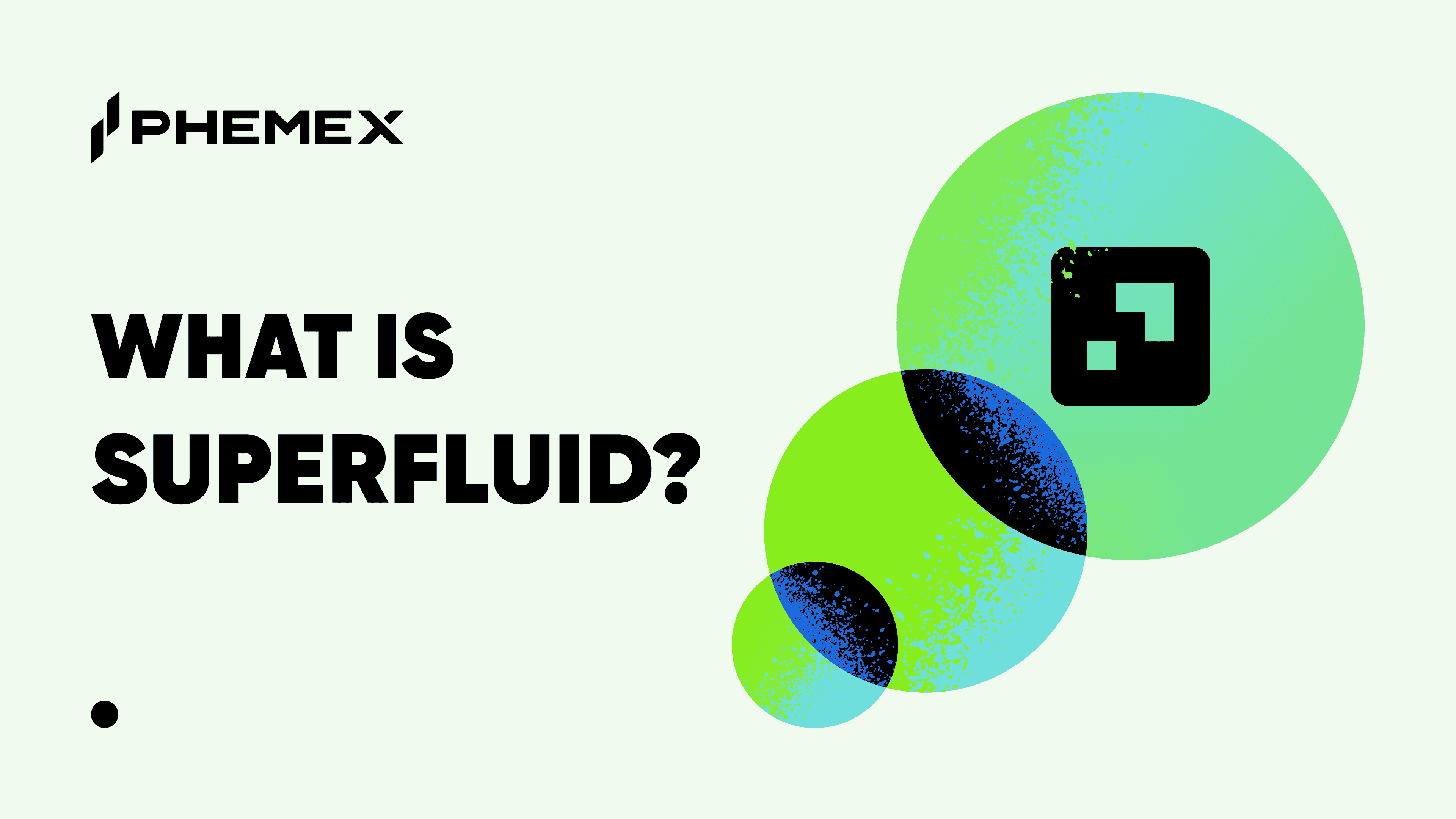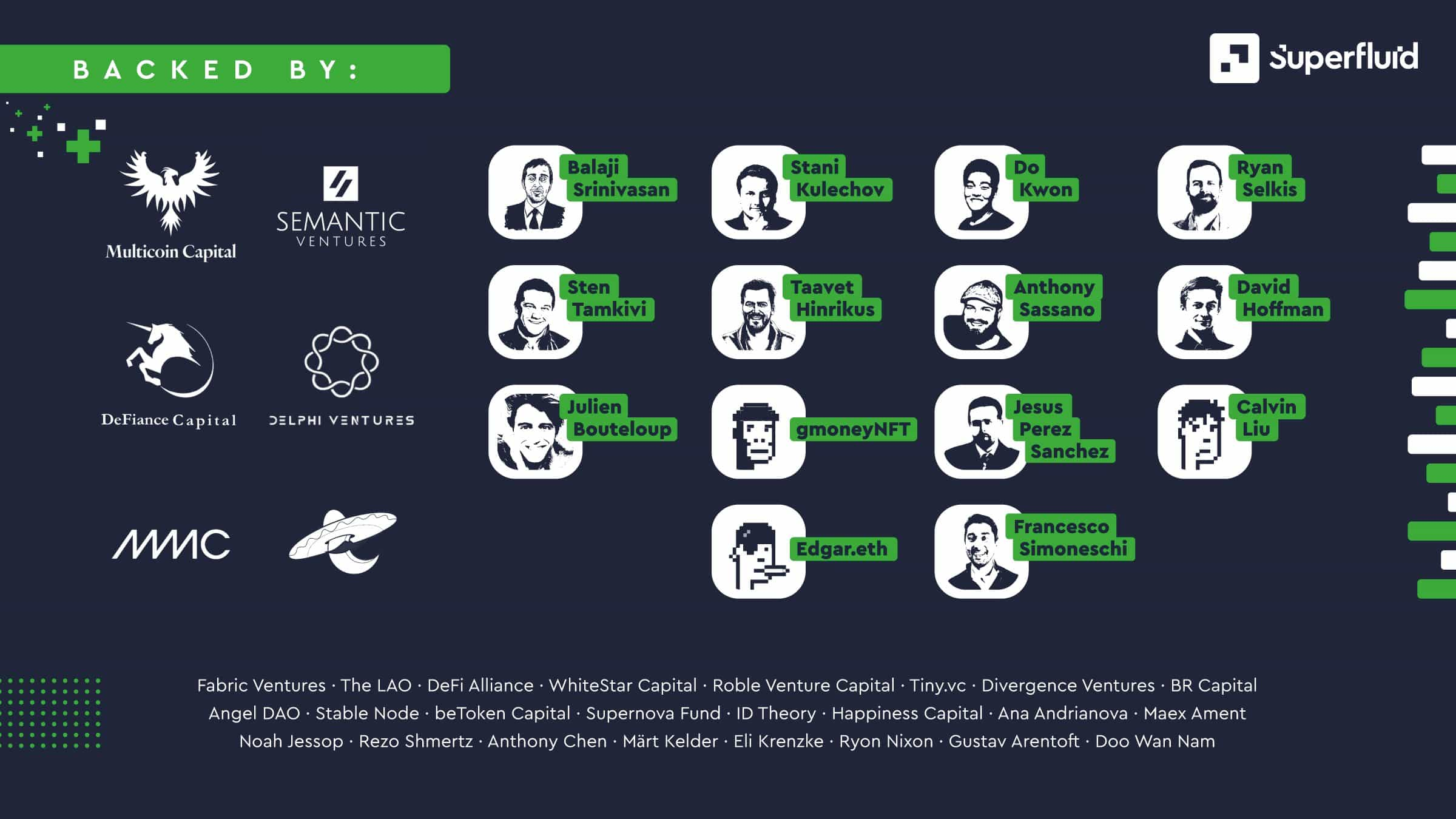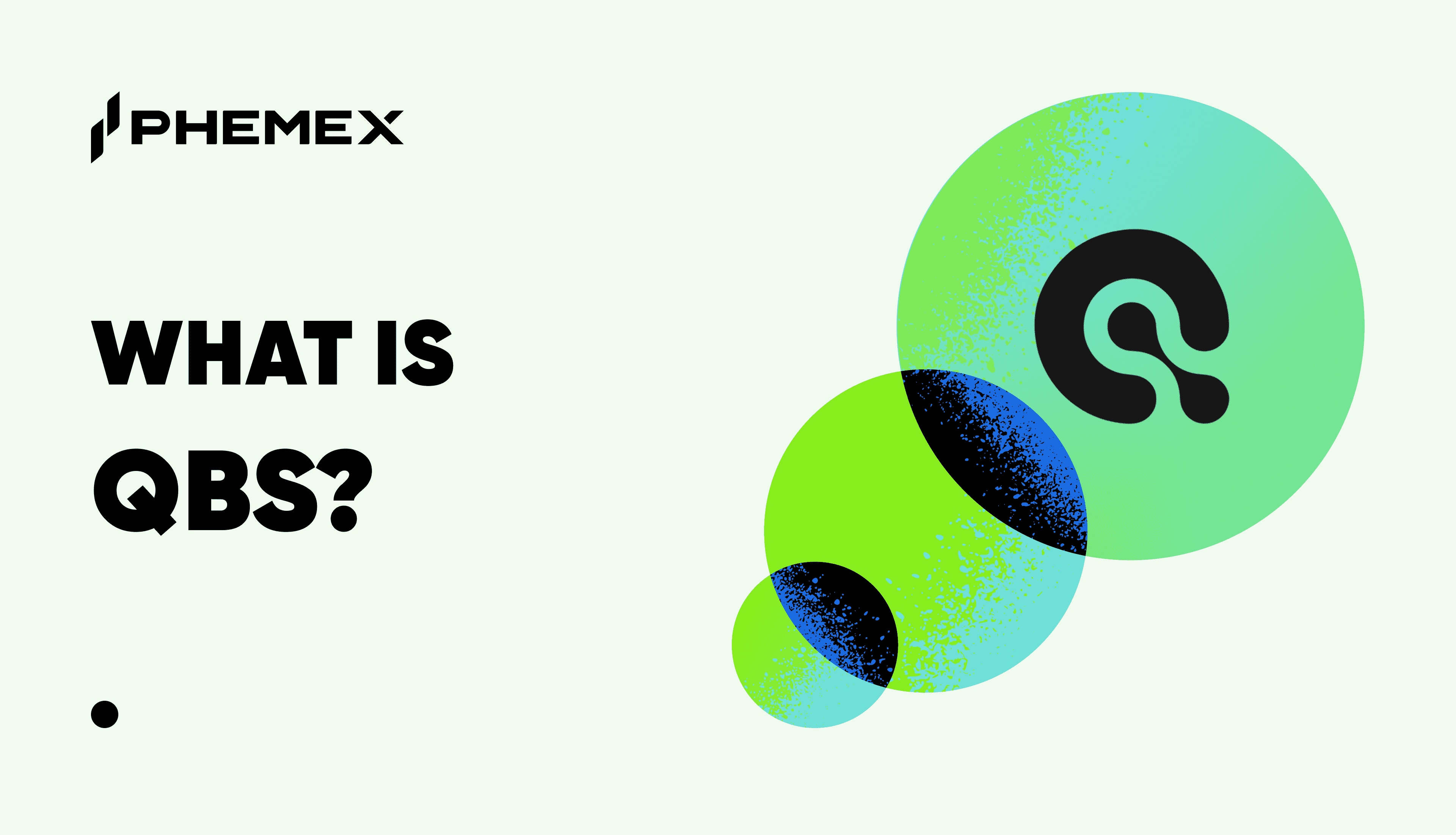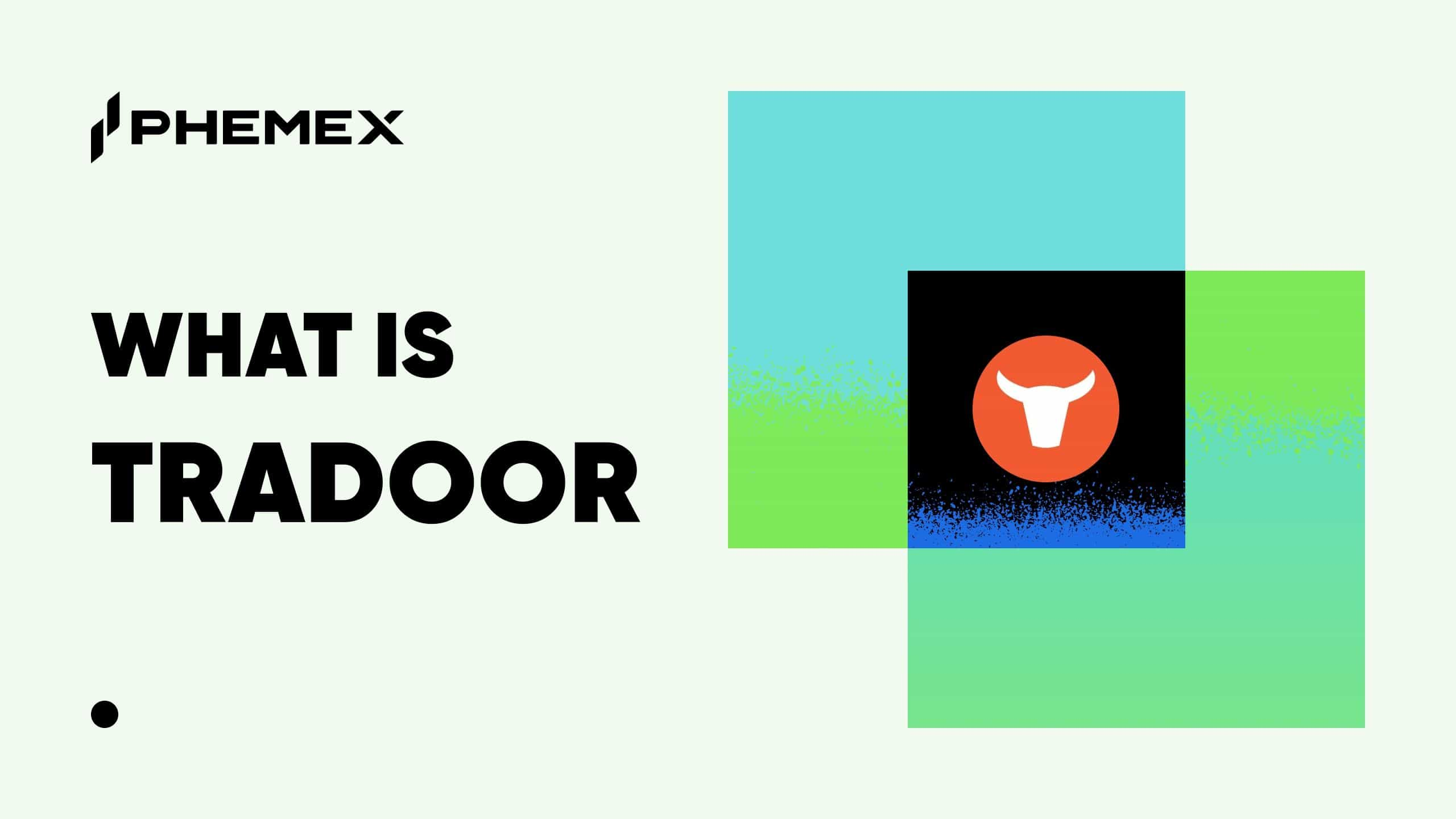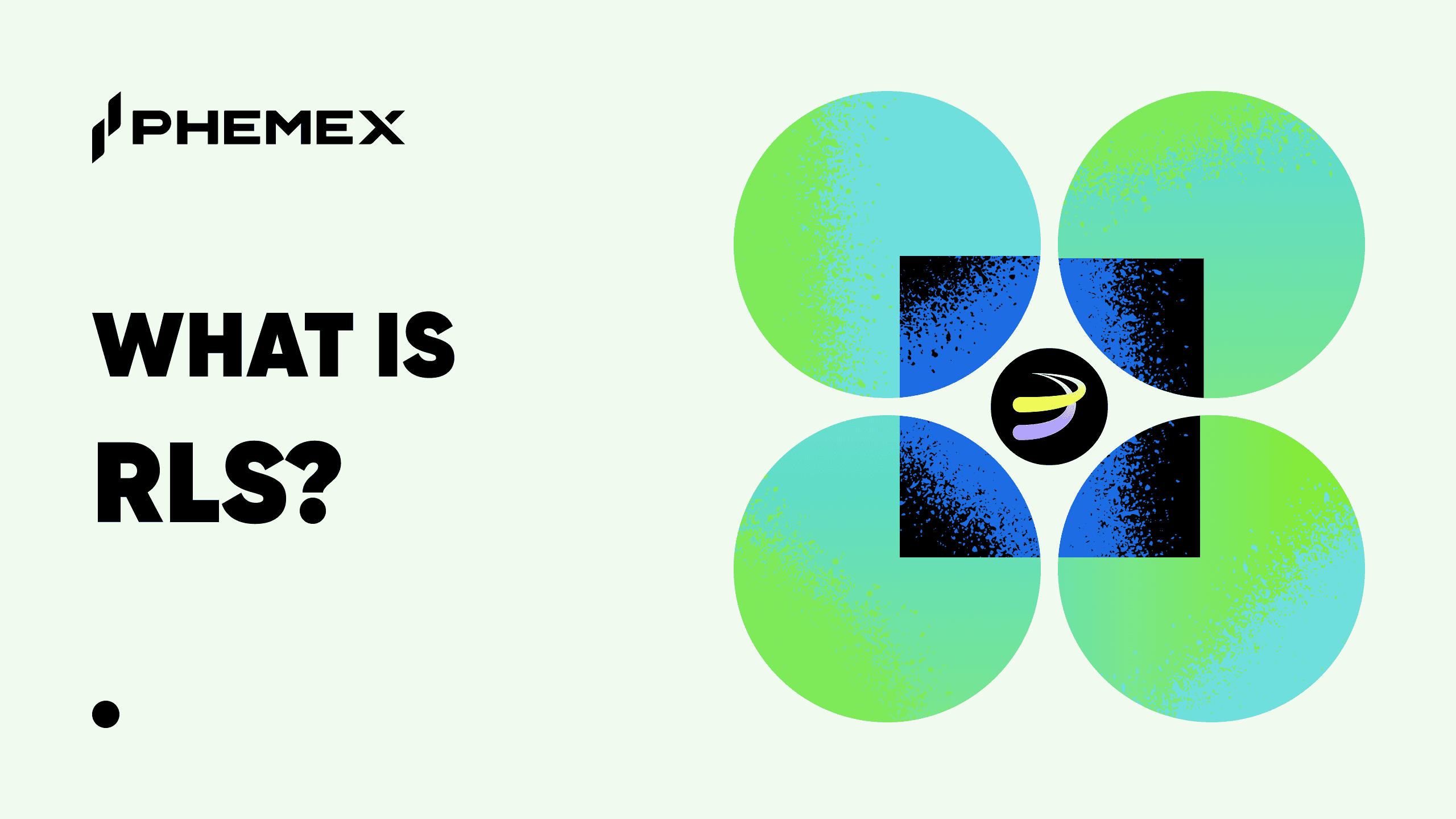Summary Box (Quick Facts)
-
Ticker Symbol: SUP
-
Chain: Operates on multiple chains including Ethereum, Polygon, Optimism, and Arbitrum.
-
Contract Address: To be confirmed upon official release.
-
Circulating Supply: To be determined at Token Generation Event (TGE).
-
Total Supply: 1 billion SUP.
-
Primary Use Case: Protocol governance and ecosystem incentives.
-
Current Market Cap: Not yet available.
-
Availability on Phemex: No (As of writing).
What Is Superfluid?
Superfluid is a decentralized protocol designed to facilitate "money streaming," a novel method for transferring assets in a continuous, real-time flow. This is made possible by its innovative smart contract framework that introduces "Super Tokens," an extension of the standard ERC-20 token. These tokens allow value to be transferred in completely new ways, moving beyond traditional, one-time transactions.
The problem Superfluid solves is the inefficiency and high gas costs associated with scheduling and executing frequent, separate transactions for ongoing payments. By enabling programmable and gas-efficient cash flows, it fundamentally changes how recurring payments like salaries, subscriptions, and investment contributions are handled in the crypto economy. This makes it a significant building block in the Decentralized Finance (DeFi) space, empowering DAOs, crypto-native businesses, and developers to build applications with automated, real-time value transfer.
How Many SUP Are There?
Superfluid’s tokenomics are designed to support the long-term growth and decentralization of its ecosystem. The total max supply of the native governance token, SUP, is capped at 1 billion.
Details regarding the initial circulating supply will be determined at the Token Generation Event (TGE). The distribution plan allocates a significant portion to the community to encourage participation and active governance. According to initial plans, 60% of the total supply is designated for the community, including rewards and governance incentives. Information on whether the token is inflationary or deflationary, or if it includes specific burning or minting mechanisms post-launch, has not been detailed yet.
What Does SUP Do?
The SUP token is central to the functionality and governance of the Superfluid protocol. Its primary purpose is to empower the community to steer the project's future.
The main Superfluid use cases for the SUP token include:
-
Governance: SUP holders can vote on key protocol decisions, such as technical upgrades, fee structures, and treasury allocations. This ensures that the protocol evolves in a decentralized manner, reflecting the interests of its user base.
-
Incentive Mechanism: The token is used to reward users who actively participate in the ecosystem, whether by using applications built on Superfluid or contributing to the protocol's growth.
-
Ecosystem Growth: By earning SUP, users are encouraged to explore and engage with the various applications for investing, earning, and subscribing within the Superfluid ecosystem, creating a vibrant and active community.
Superfluid vs. Traditional Crypto Transactions
| Feature | Traditional Transactions (e.g., ERC-20) | Superfluid |
| Technology | Based on single, discrete transfers. One transaction equals one payment. | Uses "Super Tokens" that enable continuous, programmable streams of value. |
| Speed & Fees | Requires a separate transaction and gas fee for every payment. | Requires one transaction to start/stop a stream. No additional gas is used as the stream flows. |
| Use Case | Ideal for one-off payments and simple transfers. | Designed for recurring payments like salaries, subscriptions, vesting, and complex distributions. |
| Composability | Limited to standard smart contract interactions. | Highly composable, allowing streams to be integrated with other DeFi protocols for dynamic financial applications. |
The Technology Behind Superfluid
Superfluid's core innovation lies in its unique smart contract framework and token standards that enable money streaming.
-
Consensus Mechanism: As a protocol built on chains like Ethereum and Polygon, Superfluid does not have its own consensus mechanism. It inherits the security and consensus (e.g., Proof-of-Stake) of the host blockchain.
-
Super Tokens: Any standard ERC-20 token can be "wrapped" to become a Super Token, gaining streaming capabilities. The protocol also supports "Pure Super Tokens," which are natively built with these features.
-
Agreements: The protocol operates on two main pillars, formerly called Agreements:
-
Money Streaming (Constant Flow Agreement - CFA): This allows a sender to establish a continuous flow of tokens to a receiver at a specified per-second rate. The stream runs until canceled or the sender's balance is depleted.
-
Distributions (Instant Distribution Agreement - IDA): This feature enables scalable one-to-many transfers. An admin can create a pool and distribute funds to multiple members based on their "units" or shares in the pool, either instantly or as a continuous stream.
-
-
Real-Time Balance: A Super Token wallet's balance is dynamic. It is calculated by combining the static balance (from standard transfers) with the real-time effects of all active streams and distributions.
Team & Origins
Superfluid was founded in 2020 with the mission to revolutionize how value moves on the internet. The project is supported by a team of experienced developers and has garnered significant support from the venture capital community. It successfully raised $9 million from leading investors, including Multicoin Capital, Delphi Digital, and Semantic Ventures, which underscores the industry's confidence in its vision.
Key News & Events
-
Protocol Adoption: In a significant real-world validation, major DeFi project MakerDAO began using Superfluid to stream salaries to its employees in late 2021.
-
Ecosystem Growth: The protocol has gained traction with developers. During the ETHGlobal HackMoney hackathon, 37 different projects were built using Superfluid's technology, showcasing its versatility.
-
Token Launch: The SUP token was officially announced with plans for a future Token Generation Event (TGE), marking a critical step towards decentralizing governance and incentivizing the community.
Is SUP a Good Investment?
Determining if Superfluid (SUP) is a good investment depends on various factors and individual risk tolerance. The Superfluid investment potential is tied to the adoption of its money-streaming technology.
Potential Strengths:
-
Innovative Technology: Superfluid offers a unique and powerful solution to a real problem in the onchain economy, making recurring payments efficient and programmable.
-
Strong Backing: Support from major VCs and adoption by established projects like MakerDAO provide credibility.
-
Community Growth: The protocol has seen significant organic growth through hackathons and developer engagement, indicating a strong foundational community.
Potential Risks:
-
Market Competition: While innovative, the DeFi space is highly competitive, and other protocols may develop similar solutions.
-
Volatility: Like all cryptocurrencies, SUP will be subject to significant market volatility upon its release.
-
Regulatory Uncertainty: The broader regulatory landscape for DeFi and cryptocurrencies remains a persistent risk.
Conclusion:
Superfluid presents a compelling technological advancement for the crypto ecosystem. Its success will likely depend on its ability to become the go-to standard for real-time payments.
Disclaimer: This is not financial advice. Crypto trading involves risks; only invest what you can afford to lose.
Community Perspectives
Discussions across platforms like Reddit and developer forums highlight several key community viewpoints on Superfluid:
-
Praise for Innovation: Many users and developers praise Superfluid as a "game-changer" for DAOs and crypto-native businesses. The ability to automate payroll, subscriptions, and grants without manual monthly transactions is seen as a major step forward for on-chain operations.
-
Developer-Friendly: The protocol is often cited as being well-documented and a popular tool in hackathons. Developers appreciate its composability, which allows them to build novel applications on top of the streaming primitive.
-
Concerns About Adoption: Some community members express concern that while the technology is powerful, mainstream adoption beyond the crypto-native niche remains a challenge. The concept of money streaming requires a shift in user behavior compared to traditional payments.
-
Gas Fee Sensitivity: While streams are gas-efficient once started, the initial setup transaction on Layer-1 chains like Ethereum can still be expensive. This has led many users to prefer using Superfluid on Layer-2 networks like Polygon or Arbitrum.
FAQs
1.What is Superfluid?
Superfluid is a blockchain protocol that enables users to transfer cryptocurrency in real-time, continuous streams, transforming how recurring payments like salaries and subscriptions are managed onchain.
2.How do Super Tokens work?
Super Tokens are an advanced version of standard ERC-20 tokens. They contain special logic that allows them to be moved continuously between wallets after a single initial transaction, making payments highly efficient.
3.What is the SUP token used for?
SUP is the governance token of the Superfluid protocol. Holders can vote on proposals to shape the protocol's future and are rewarded for participating in the ecosystem.
Summary: Why It Matters
Superfluid is more than just another DeFi protocol; it's a foundational layer for a more dynamic and automated onchain economy. By enabling programmable, real-time cash flows, it unlocks new possibilities for payroll, subscriptions, investing, and complex reward distributions. For users, it offers a "set it and forget it" approach to recurring transactions. For developers and businesses, it provides a powerful and efficient tool to build the next generation of financial applications. As the digital economy continues to grow, Superfluid's infrastructure for automated value transfer is poised to become increasingly vital.
Explore Phemex Academy to build your knowledge and trade smarter.





